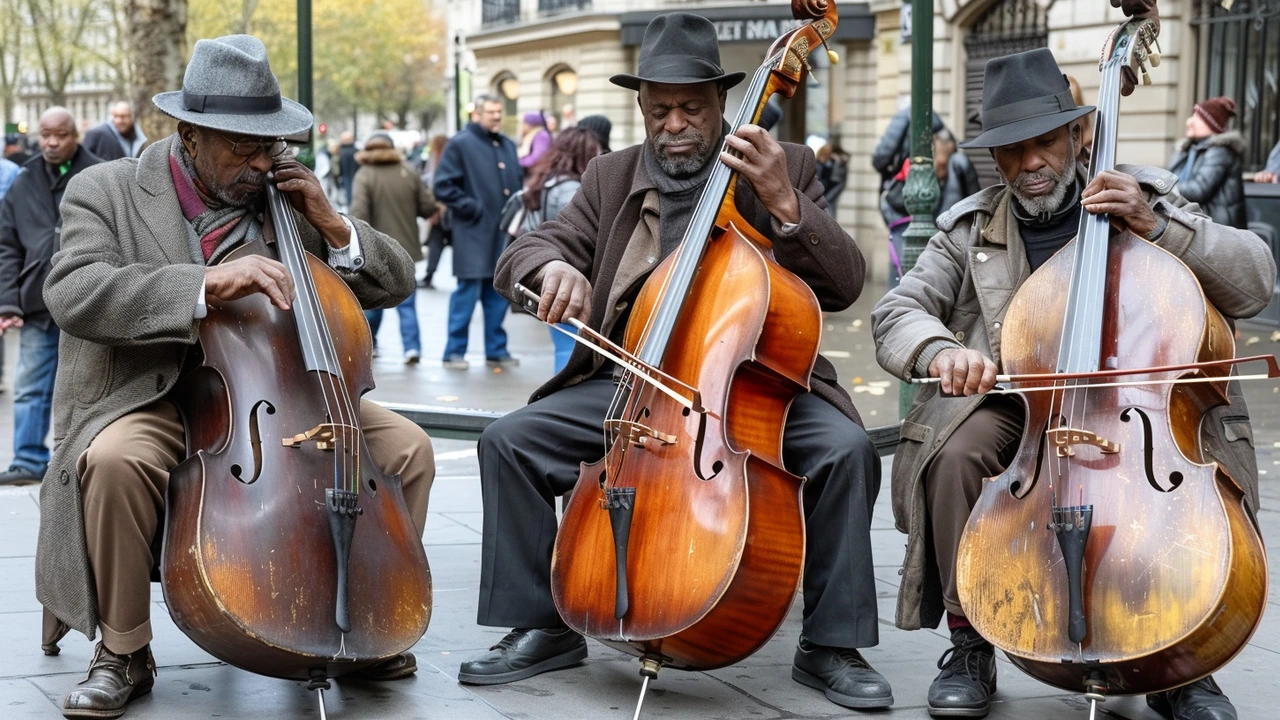Unearthing the Roots: The Evolution of Music Subgenres
The exploration of music's vast landscape is akin to discovering a universe teeming with life, where every star shines with its unique glow. At the heart of this musical cosmos are the subgenres, intricate threads woven into the fabric of music's history. The journey into the realms of music subgenres is not merely a quest for understanding but an expedition that reveals the soul of cultures, time periods, and individual expression.
From the haunting melodies of the blues that articulate the profound despair and hope of African American communities in the early 20th century, to the rebellious energy of punk rock portraying the angst and defiance of the 1970s youth, music subgenres act as mirrors reflecting societal narratives and emotions. The growth of electronic music subgenres, from the futuristic sounds of techno to the vibrant rhythms of house, showcases the digital revolution's impact on creative expression. Each subgenre, with its distinctive sound and ethos, contributes to the symphony of diversity, inviting listeners to experience a range of emotions and perspectives.
As technology and globalization intertwine, the birth of new subgenres accelerates, each carrying the potential to reshape the musical landscape. The internet has played a pivotal role in this evolution, democratizing music production and distribution, thus enabling artists from remote corners of the world to contribute to the global soundtrack. This digital renaissance has led to the emergence of fusion genres, where traditional sounds meld with modern beats, creating a vibrant palette of auditory experiences.
Distinctive Beats: Characteristics of Various Music Subgenres
The beauty of music subgenres lies in their distinct characteristics, each offering a unique auditory canvas. From the complex rhythms and improvisation of jazz to the emotive storytelling of folk, these subgenres provide a kaleidoscope of sounds and stories. The soulful melodies of R&B, grounded in gospel and blues, evoke deep emotional responses, while the electrifying energy of metal channels power and intensity through distorted guitars and dynamic percussion.
Understanding the nuances of different music subgenres enhances our appreciation of their artistry. For instance, the syncopated rhythms and lyrical flow of hip-hop not only showcase technical prowess but also serve as a powerful medium for social commentary. Similarly, the ethereal soundscapes of ambient music transport listeners to tranquil realms, offering a sonic escape from the chaos of everyday life. Each subgenre, with its unique combination of elements, invites listeners on a journey through soundscapes filled with emotion, imagination, and insight.
Moreover, the live performance aspect of various music subgenres adds another layer to their appeal. The intimate setting of a jazz club, the electrifying atmosphere of a rock concert, or the communal vibe of an electronic dance music festival each provide distinct experiences that deepen the connection between artists and audiences. The dynamic interactions on stage, the energy of the crowd, and the shared moments of musical transcendence highlight the unifying power of music across different subgenres.
Connecting Cords: The Impact of Music Subgenres on Society
Music does more than entertain; it serves as a cultural bridge, connecting individuals across diverse backgrounds. The proliferation of music subgenres has played a significant role in shaping identities, inspiring movements, and fostering community connections. For instance, the rise of hip-hop in urban America not only revolutionized the music industry but also gave voice to marginalized communities, creating a powerful platform for storytelling and social critique.
The influence of music subgenres extends beyond their auditory appeal; they inspire fashion, language, and lifestyle, permeating various aspects of society. The iconic imagery of the rock 'n' roll era, with its leather jackets and rebellious attitude, or the psychedelic art associated with the 1960s counterculture movement, demonstrate the symbiotic relationship between music and culture. These subgenres not only define the soundtrack of generations but also leave an indelible mark on cultural identity.
Moreover, music subgenres have the power to unite people in moments of collective joy, shared grief, or social activism. They provide a universal language that transcends geographic and linguistic barriers, fostering understanding and empathy among diverse communities. In times of political upheaval or social unrest, music serves as a rallying cry, a source of solace, and a means of expression, illustrating its profound impact on the human experience.






